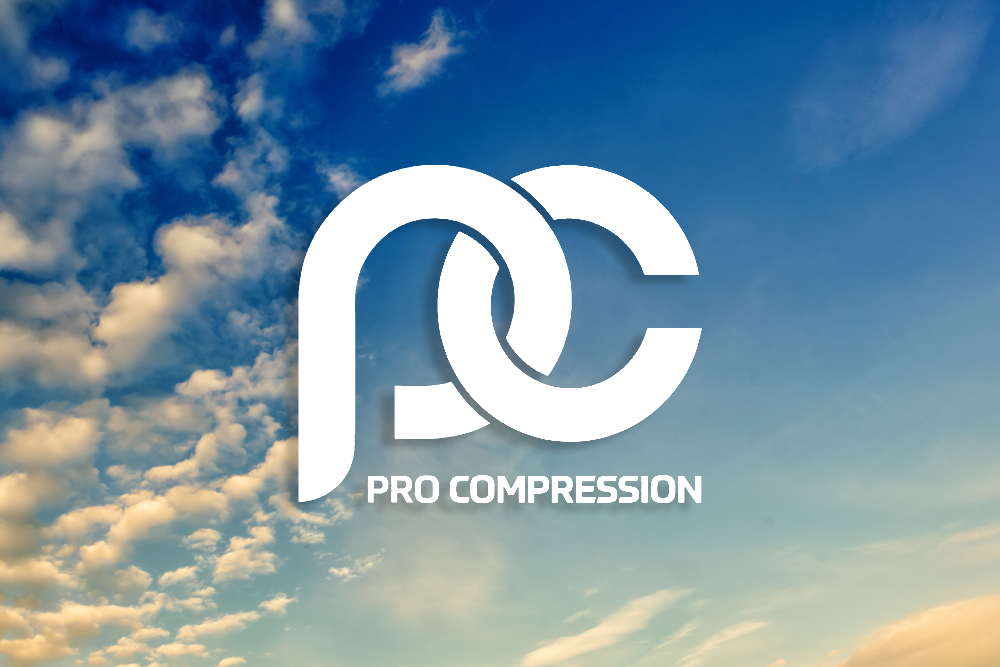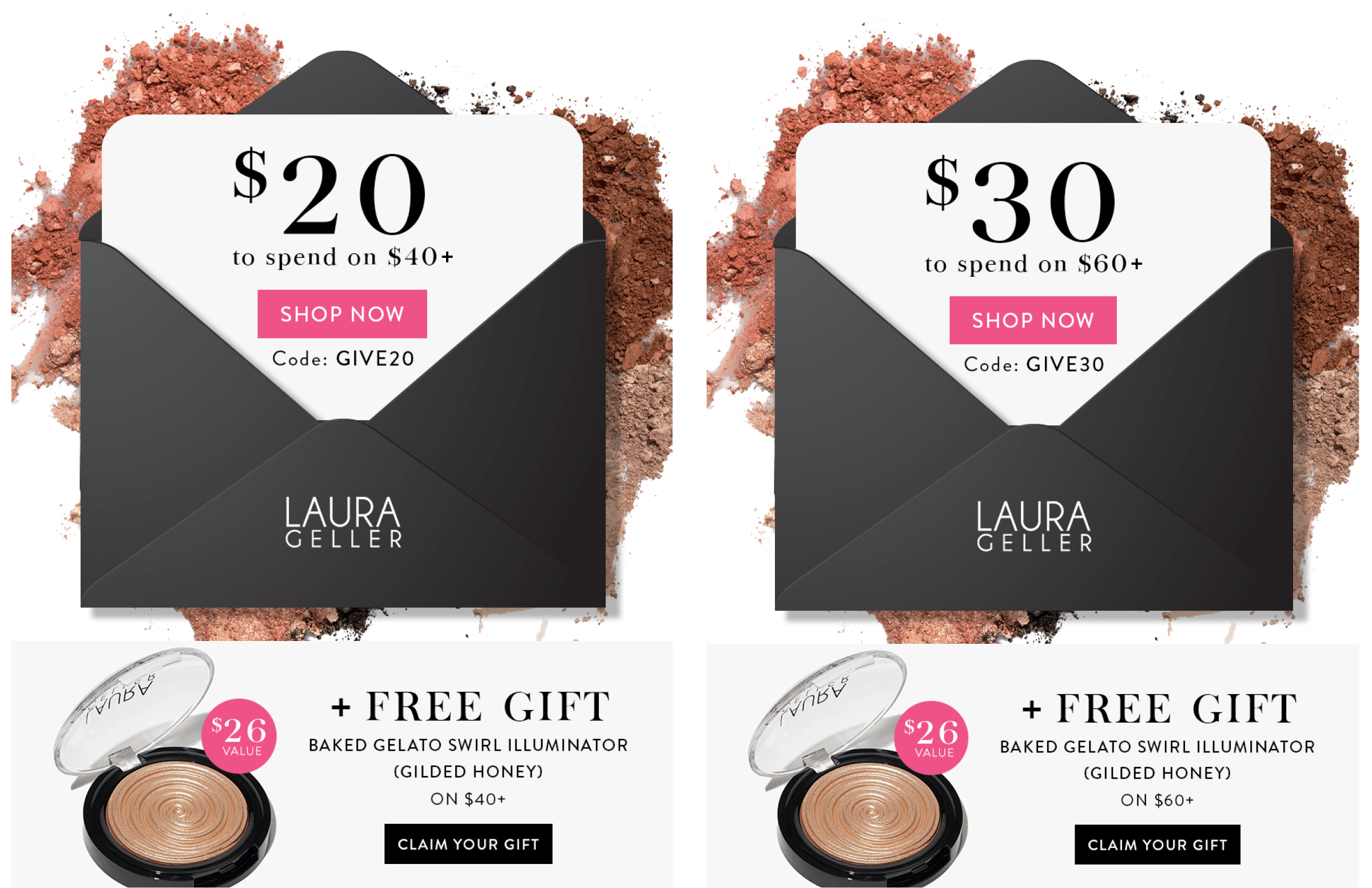Click to Open Rate
The number of unique clicked messages divided by the unique number of opened messagesآ (Expressed as a %)
The click to open rate is an easily calculated, and very useful metric to include in your analysis. It measures whether your communications are meeting your subscribers’ expectations. Your click to open rate will tell you what proportion of the subscribers who opened, then went on to click. The value of your content, and how effectively you convey it in your subject line will influence this metric the most.
A low click to open rate may be an indication that your content does not provide any value to your subscribers, or that your subject line is not optimised. It may also be an indication that your email template is not designed to generate clicks, which means that you are missing out on building valuable knowledge about your subscribers.
The effectiveness of your subject line is very important, both in the short and long term. A vague subject line may produce high opens, but the click to open rate will be low as the opens are not from qualified subscribers. Over time, your subscribers will remember that your messages do not contain anything of interest, effectively wasting their time. This will damage your brand and reduce future interaction.
Link Analysis
The number of unique clicks (for that link) divided by the number of total clicksآ (expressed as a %)
Link analysis is extremely useful when calculated on each occurrence of every link in each message. This will assist you with determining which aspects of your communications work hardest toward meeting your business objectives. This formula will tell you the number of unique recipients, who clicked on a particular link, as a proportion of the message’s overall interaction.
Grouping links together for analysis (based on the types of link, location of the link, creative’s used etc) can give you a wealth of information on what content, creative’s and placements works best in your emails. The denominator – total number of clicks – will be the total number of clicks within the factor you are measuring. For example if you are measuring which link in your message is the most effective, this will be the total number of clicks within that message but if you want to know the best performing link within your navigation bar, the total will be the total number of clicks on the navigation bar.
The number of factors you can measure are endless. Some examples include:
• Placement of links (lead story / navigation bar / body copy / left column etc)Types of links (text links / images)
• Types of offers (product segments / offers / discounts etc)Types of content (offers / articles etc)
Click Quotient
The number of total clicks divided by the number of unique clicks
The click quotient is a measurement of the number of valuable propositions within your message – it tells you how many times the average clicker, clicked on links within that message (clicks per clicker). For example, a click quotient of 2 means that each subscriber who clicked on a link, clicked twice (on average) in that message. This provides an indication of the usefulness of your content, and the value you are providing to your subscribers.
A low click quotient suggests that your subscribers are not interacting with your messages, either because they are not interested (the content provided is not relevant or interesting) or because you have not provided sufficient opportunities to interact. Email communications that contains only one links will have a maximum possible click quotient of 1.
The more links you have in an email, the more information you can gather about your subscriber base. The use of landing pages and navigation bars provide you with valuable information for future segmentation and targeting, and give your subscribers with an opportunity to interact, both functionally and emotionally to your messages.
Average Rates
The sum of clicks or opens divided by the sum of deliveredآ (expressed as a %)
When looking for an average rate for benchmarking or comparison of different periods of time, it is important to use actual numbers rather than the calculated percentages. This will ensure you have accurate and meaningful figures, by taking list size into account.




